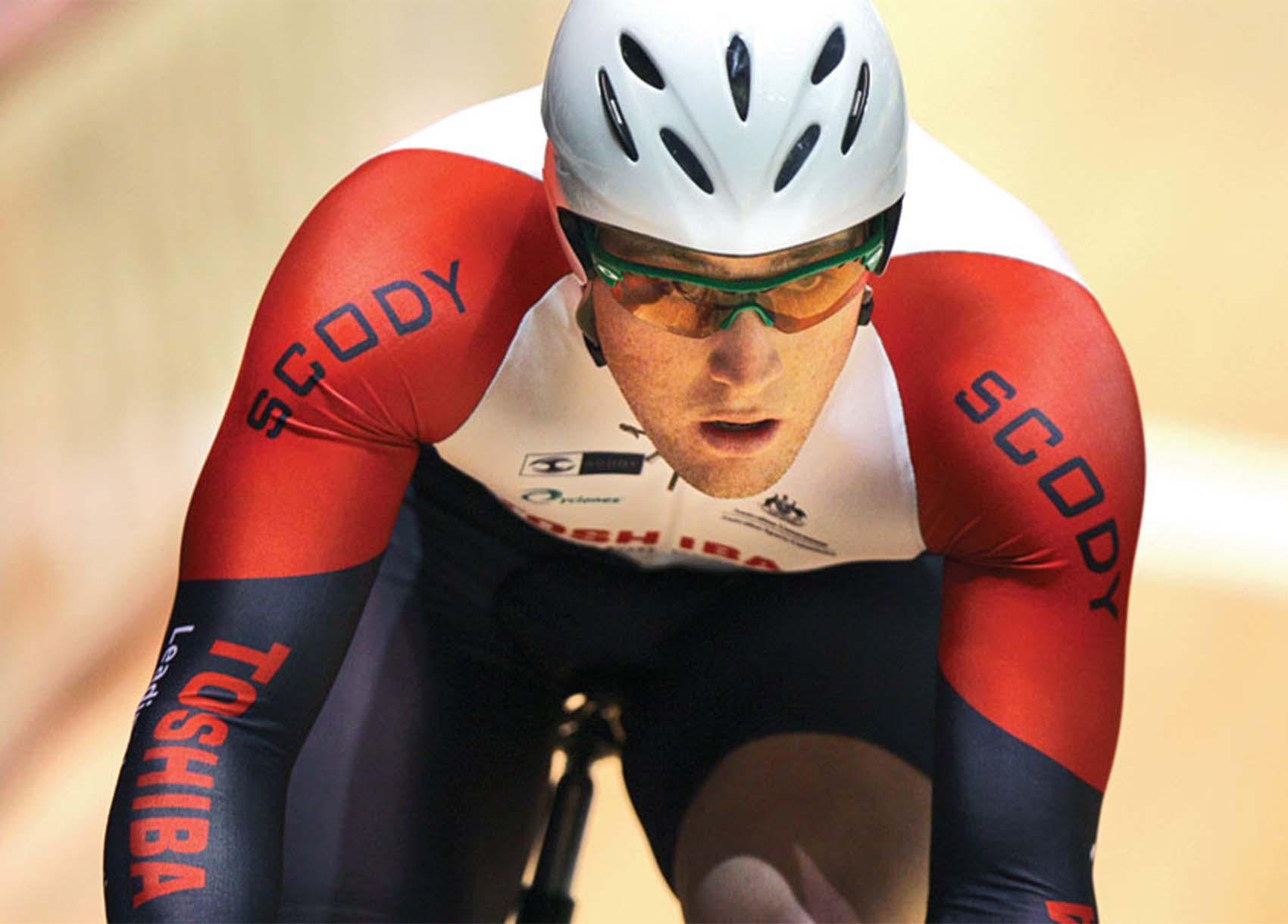Today, the Scody brand is known for superior athletic uniforms – particularly among athletes in the world of cycling, triathlon and Australia's professional Netball league. In an effort to automate the company's production processes, Scody turned to Gerber Technology for an advanced cutting solution. The resulting partnership helped transform Scody's entire business and led to increased productivity.
Business challenge
In 2009, Scody's managing director, Bernard Schreiber, was searching for ways to automate his company's production process to reduce costs and shorten lead times – while upholding the quality and image of the Scody brand. An in-depth look at his entire production operation revealed a labor-intensive manufacturing process and costly setup. Scody was cutting garments by hand and then applying custom graphics to the cut pieces, using a process known as dye-sublimation.At the time, Scody was producing an impressive number of garments – nearly 50,000 per year – but lead times ranged anywhere from 6 to 12 weeks, with employees often working overtime. In all, six employees touched each garment: one or two individuals operated the heat press, two cut the fabric and two moved material from process to process. Labor costs were high. And, due to the manual nature of the process, errors were common. "For companies that manufacture custom-printed garments, there is significant planned waste, specifically fabric, paper and ink," said Schreiber. "In fact, it's not uncommon to see 20 or 30 percent ink waste. This figure alone is reason enough to introduce automation to minimize paper and ink usage."
The solution
After an extensive search for an automated cutting system, including various target-based systems, Schreiber opted for Gerber Technology's scan-to-cut solution, ContourVision™, a highly-accurate scanning system, coupled with the company's conveyorized single-ply cutting system.
Together, the two systems work in unison. As the conveyorized cutter feeds the printed fabric onto the cutting bed, the vision system scans the graphics printed on the fabric. The completed scan is then sent to the cutter's control station, where the outline (or contour) of the image is converted to a tool path and subsequently cut. The entire scan-to-cut process takes only minutes and completely eliminates the need for cut files. As a result, ContourVision enabled Scody to print pattern pieces on fabric first and then quickly and accurately cut them. Since the system cuts up to 80 meters of fabric every hour, Schreiber quickly realized a significant labor savings and was able to reassign workers to other tasks. He reduced the team of six to two per shift – one person running the printing and one running the cutter. Schreiber said, "We reduced our original lead times of 6-12 weeks down to 2-4 weeks and increased our capacity 20 to 40 percent. Our highest output reached 70,000 garments." Now that the system had automated the process and was consistently delivering accurately-cut parts, Scody saw a reduction in errors and material waste and significantly reduced its material costs.
Company background
During the 2012 London Paralympics, Australian cyclists proudly sported Scody-made uniforms. The company recently signed a three-year deal with Triathlon Australia to be TA's official partner for uniforms and clothing to the Australian Triathlon Team.
In addition to the ContourVision and single-ply cutting system, Scody's design team uses Gerber's Silhouette™ drafting table and AccuMark pattern design software to create and nest pattern pieces for maximum material usage. The AccuMark system enables Scody to take an order placed online and generate the garment specifications in only three days.




